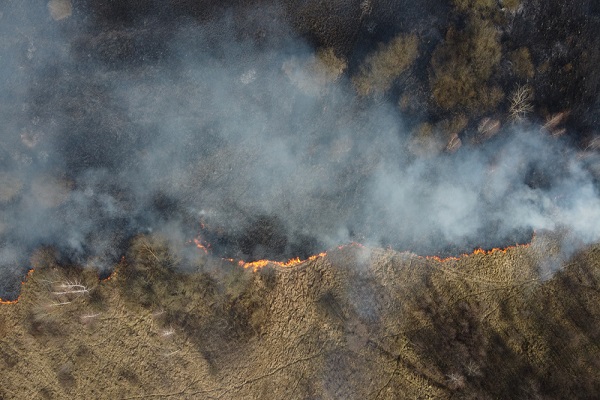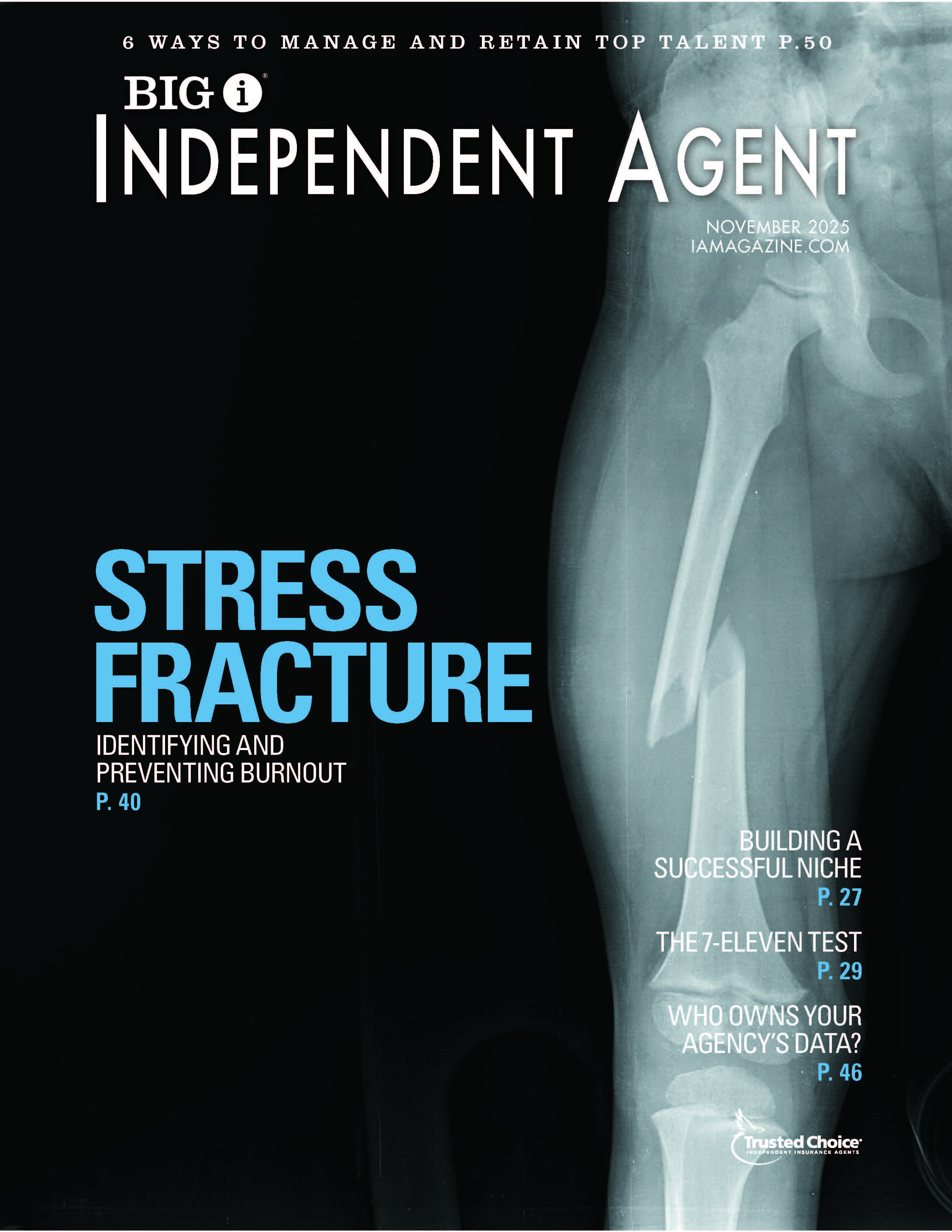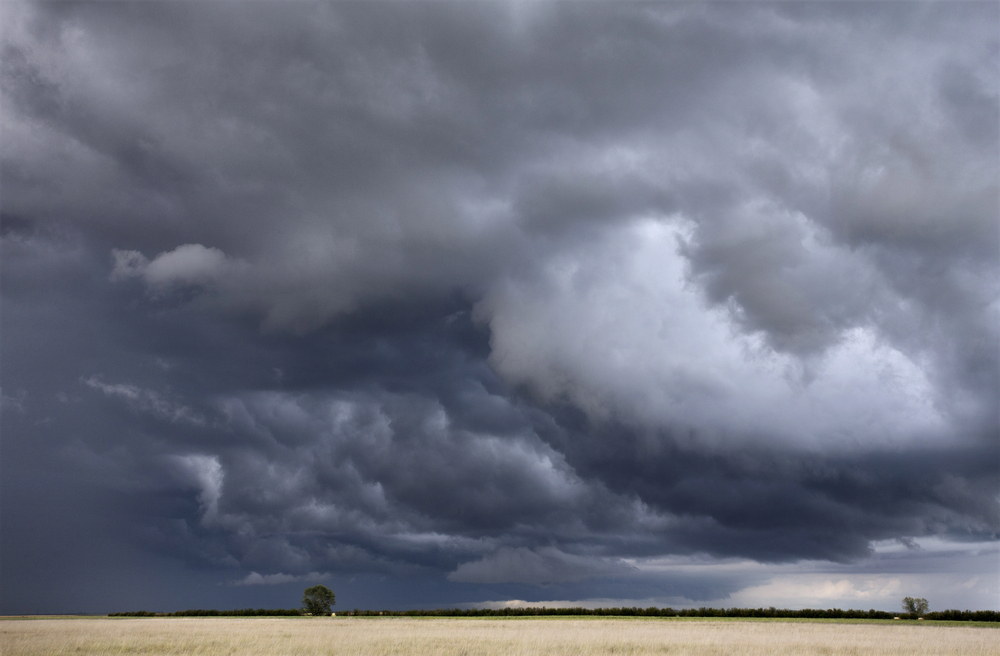Wildfire Seasons Are Getting Longer, More Destructive

By: Olivia Overman
As rising global temperatures continue to contribute to increasingly hazardous wildfire seasons, it is important for homeowners, insurers and governments to understand the risk these hazards pose to their communities, according to a report released today by CoreLogic.
Between 1983 and 1992, wildfires consumed an average of 2.7 million acres per year, the report said. However, the annual average during the last 10 years was 6.8 million acres per year. Further, wildfire activity has become more extreme and destructive, with more record-breaking fire events in terms of the number of structures lost and acres burned in a single event, according to the report.
Additionally, wildfire seasons are getting longer. Climate changes have extended the season by three months, the report said, which has led to a 1,500% increase in the area burned by large wildfires in U.S. forests.
While California tops the list of the most homes at risk in the western U.S., each year many other states, including Florida, Texas, Colorado and New Mexico, also have a significant number of homes at risk, according to the report.
Of particular note is Colorado’s El Paso County, where 39,000 properties were at risk of wildfire damage in 2020 with around 730,000 people at risk of being displaced. The situation in New Mexico’s Santa Fe County is even more drastic, where nearly 34,000 properties are at risk of wildfire damage in a county that was home to around 155,000 people in 2020.
“It is important to evaluate not only the overall number of homes at risk but also the proportion of a local population that will be impacted,” the report said. “The magnitude of population displacement assistance, reconstruction resources, and individual and community economic recovery could be significant to both homeowners and insurers.”
How the insurance industry deals with the threat of wildfires is continuing to evolve. Recently, the California Department of Insurance (CDI) released regulations to be implemented in 2023 that will include requiring insurers to provide insurance premium credits for homeowners for specific risk mitigation actions on their home, their immediate surroundings or in their community.
By informing policyholders of the potential insurance premium credits for risk mitigation actions, the CDI is expecting significant risk reductions to be performed by policyholders in the hope that California’s wildfire risk will be reduced.
Olivia Overman is IA content editor.










